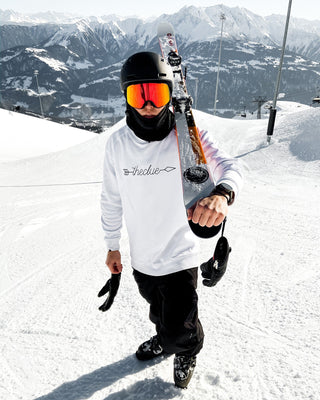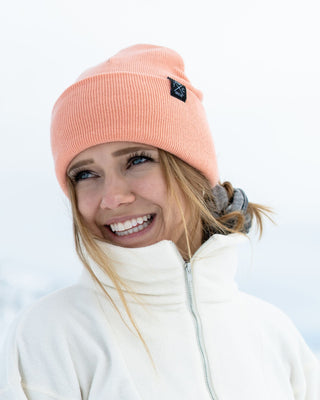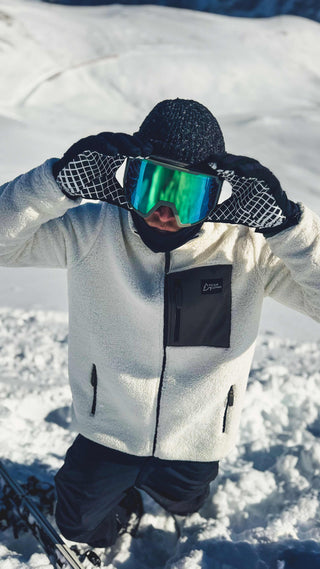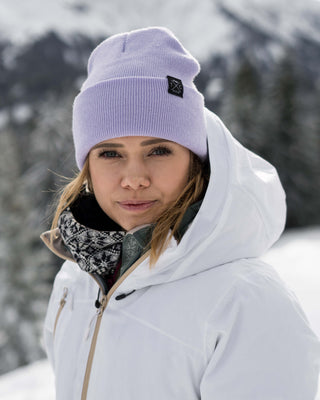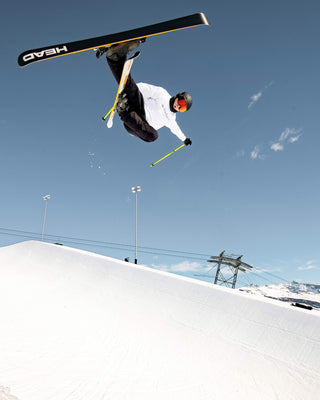Freeskiing is a versatile sport encompassing various disciplines. Each discipline presents its own unique challenges, techniques, and requirements. Whether in the halfpipe, snow park, or off-piste, freeskiing offers every riding style an exciting opportunity to take skiing to a new level. In this article, you'll learn everything about the different freeskiing disciplines and what distinguishes them.
The most important freeski disciplines
-
Slopestyle: This discipline combines various obstacles such as rails, boxes, and kicker jumps. Freeskiers must choose a creative line through the snow park and execute their tricks as stylishly and technically as possible. Slopestyle is especially popular in competitions such as the X Games and the Olympic Games.
-
Halfpipe: Here, freeskiers show off their best tricks in a large, snow-covered tube. The halfpipe requires tremendous control, as athletes execute high airs and complex turns. Landings are especially important, as they determine the flow of the entire ride.
-
Big Air: This discipline focuses on single, spectacular jumps. Athletes attempt to combine as many rotations and grabs as possible in a single jump. Big Air is a spectator draw, as the jumps often reach breathtaking heights.
-
Railjam: This discipline focuses on technical tricks on rails and boxes. Balance, precision, and creativity are particularly important. Railjams are often part of freestyle competitions or snow park events.
-
Freeride: Freeride skiing takes place away from groomed slopes. The goal is to master untouched deep snow, ski spectacular lines, and incorporate natural obstacles such as rocks or cliffs into your ride. Freeride requires considerable experience, as avalanche danger and terrain conditions must be taken into account.
Each freeskiing discipline requires specific techniques and skills. Whether slopestyle, halfpipe, big air, or freeride – there's a suitable challenge for every freeskier! Familiarizing yourself with the different disciplines allows you to expand your riding style and discover new possibilities in the snow park or off-piste.
